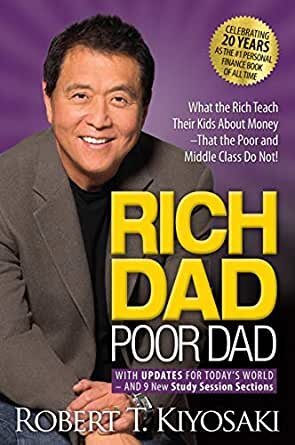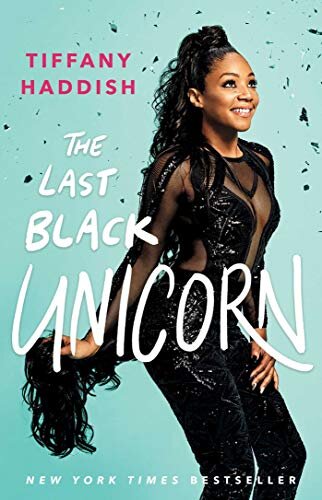Have a book you want to turn into an audiobook? If not, then you should seriously consider looking into it as audiobooks are becoming very popular with book lovers!
If so, then consider writing your book, from the very start to sound appealing, rather than visually. This is definitely a change in one’s mindset especially if you’ve been a writer for a while now, but if you’re choosing to go into the audiobook market, then you’ll need to cater to its audience.
Keep on reading for tips and tricks on how to be a better narrator for your audiobook and keep your listeners engaged and interested as your story unravels.
1. Clear Audio Writing
The typical audiobook listener will have their focus split between the audio and whatever it is they’ve decided to do that day: driving, walking, and doing the dishes. Even if they were to give it the full attention, they only have that one chance to hear what you’re saying as the story continues with its flow, making it very different from physically reading the book as you can always backtrack and reread what it is you didn’t quite understand.
How to keep the reader engaged and still know what you’re saying is to include connecting words such as finally, therefore, then, while, and so as it draws attention to the contrast in what you’re saying. And don’t forget, repetition such as names is important as well.
So keep these in mind when recording that your words need to be clear and easy to understand.
2. Audiobooks Are Performance Scripts
Write your story as a performance script from the beginning to make it easier to narrate for the audiobook. This way you can easily connect with your audience as the tones, rhythm, pace and any other audio signals throughout your story would’ve already been thought about - leaving you with little editing.
3. Repetition and Rhythm
Writing an audiobook based on how it sounds is similar to that of oral storytelling and slam poetry. Each writing performance has its own structures to it, but one aspect to note in particular is that of repetition and rhythm, and to land the nouns. So that even if your words aren’t super clear, the listener will still be able to understand what is going on. Basically, place more emphasis on nouns as opposed to other words.
However, make sure to change up your rhythm every now and then as it can get repetitive and boring and you don’t want to lose a reader.
4. Long Sentences and Breathing
Watch out for any long and wordy sentences in your story. Not only will it make it harder for the listener to understand what you’re saying, but you may run out of breath by the end of the sentence and ruin the quality of your work.
Read your sentences out loud more than once at any and each stage you progress on with.
5. Listeners Need Attunement Time
Hearing an unfamiliar voice can be a bit strange to people, especially to new audiobook listeners, so they’ll need time to adjust.
Just as with any radio show host, they’ll have an opening line to ease the listener into their segment, as the words can get lost starting off, so avoid using any keywords in the first sentence. Try starting off the section with its main orientation words and then later on including important plot points of the story.
BONUS: Whispersync
Whispersync is a feature created by Audible as a means to synchronize your audiobooks with Kindle’s ebooks in case you or any of its many users decide to switch audiobook platforms and that way your progress in the story doesn’t get lost. In fact, it’ll start you right where you left at.
Be wary that not all audiobooks are compatible with this feature, but for those who use Amazon as their main platform will have easily granted access to it (except for books with images, that’s where it gets a bit tricky and you may as well not bother).
CONCLUSION
Narrating your audiobook isn’t as easy as speaking into a microphone. You’ll need to be able to speak clearly, write your story as a script, make use of repetition and rhythm, watch out for long sentences and breath, and allow for listeners to adjust to your voice. Do you have any other tips on how to better narrate your audiobook? Let us know!
Written by Tina Phong
If you need help turning your book into an audiobook, we offer audiobook production services that will help you reach a wider audience and increase your book sales.
Learn more here and listen to some of our audiobook samples.




















































